Gumbo's Picture of the Day for April 13th, above, is an image I made nearly 55 years ago, on my first trip to Paris: a man sleeping on the ground at a side entrance to the National Assembly building. I like the picture; I’m pleased with its strong contrasts of material and texture, and in the story I think it tells. And yet, the picture and its implications have left me questioning over the years.
I think the picture shows a man who has lost his place in “normal society,” and has washed up on the steps of the powerful; and in that place he is indistinguishable from the stones in color, tone and meaning. But I am forced to say “I think,” because this photograph records the entirety of my encounter with the man and his life, and in a way, I feel like an intrusive spectator.
Another image from Paris, early 1960
If it were not for the distance in time and place, I would not even have considered publishing this picture. It seems to me that piercing the veil of someone’s private moments or conditions requires a real purpose—more than just having a photograph. There should be some way in which the “subject” of the photograph, or society in general, benefits from the act. I’d like to look at that question a little here.
For most of us, contact with this issue comes in the context of travel, particularly in areas where mass poverty or disaster are day-to-day realities, but for discussion here, it’s easier for me to look at it through the lens of a few well-known documentary photographers, and to offer the concept that it is possible to “take pictures with” and to “take pictures at.” The two are distinguished by the purpose and the sympathy/empathy of the photographer.
Jacob Riis, the early 20th-century author of “How the Other Half Lives” illustrates one aspect. Although he himself suffered years of the most extreme poverty, and although his writings led to important reforms, his photographs, in general, do not engage with the subjects. They are often either in shadow or looking away, as in the first picture, or in the second instance, sleeping. Upper, "Bandits' Roost;" lower "Children Sleeping, Mulberry Street"
For a contrast, I offer Louis Hine, whose work began near the end of Riis’s. Hine, originally a schoolteacher, worked for years for organizations fighting for child labor laws. Many of his pictures, therefore, focus on children, but all of them focus not only on the situation in which the subjects find themselves, but on their own personalities, expressions, even, one might say, their hopes and determination. See if these examples don’t leave you feeling as if you might speak with them. Upper, newsboys in St. Louis; lower, young workers in a glass factory. In each, at least some of the subjects make eye contact with the photographer.
Later examples include work by Dorothea Lange and Walker Evans, working in the 1930s for the Farm Security Administration. Their pictures, as intended, showed not only the degraded conditions in which sharecroppers and other poor farmers lived, but their human struggle to care for their children and families. With the pictures come the names and the stories: they are not just subjects. We know this is Florence Thompson, 32, mother of 7, and a migrant farm worker who talked with Dorothea Lange. We know that Walker Evans spoke with Charles Burroughs and his son Floyd about their lives sharecropping cotton.
These images were intended to arouse sympathy for reform measures and for farm relief—and they did. I like to think that’s largely because they showed not so much how terrible conditions were, but how much the subjects were…us.
So, to the question I posed in the title: I’ve often thought that the difference between tourism and travel is that one focuses only on the picturesque, famous and exceptional, while the second also seeks out the ordinary, the day-to-day, the way people live and how the extraordinary came to be created. But whether we tour or travel: Are we just passing through, or do we, should we, can we engage with mundane and sometimes distressful aspects of daily life we’d rather not?
At about the time Charles Marville was photographing the rebuilding of Paris,
Eugene Atget made this photograph of a homeless sleeper on the streets
I confess to having no clear answer. And more questions, including the difference between a broader scale of events, and individuals in distress.
As people who are economically comfortable enough to travel, but far from rich, and politically active at home, my wife and I are always interested in knowing about the movements and struggles taking place wherever we go; when we find a demonstration or a strike, we always stop and try to find someone to talk to about what is happening and how it may connect with what we’re involved with at home.
Place des Vosges, 2012
On the other hand, it is more difficult to deal with the plight of individuals, such as the man in my picture. Giving an easily-affordable donation to someone begging on the street is not difficult—but passing down a street of beggars begins to raise uncharitable feelings. As well, it is often difficult to speak together, both for language reasons, and because it often seems more embarrassing to the recipient to be treated as a person rather than a nuisance.
So: who are we when we travel, and what can we do about it?


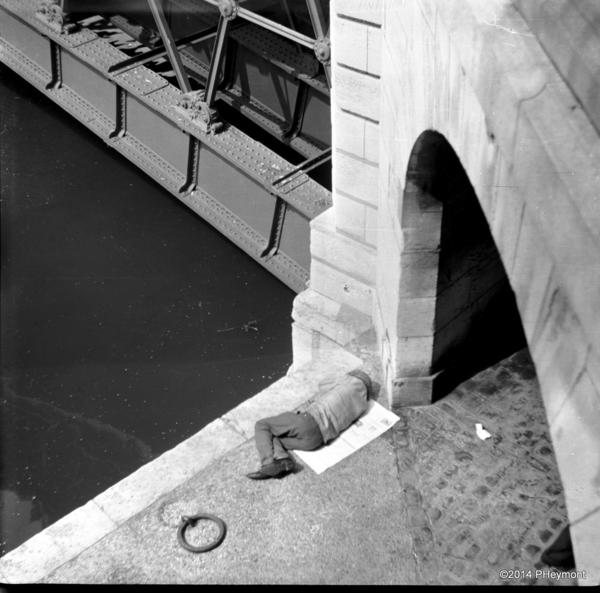
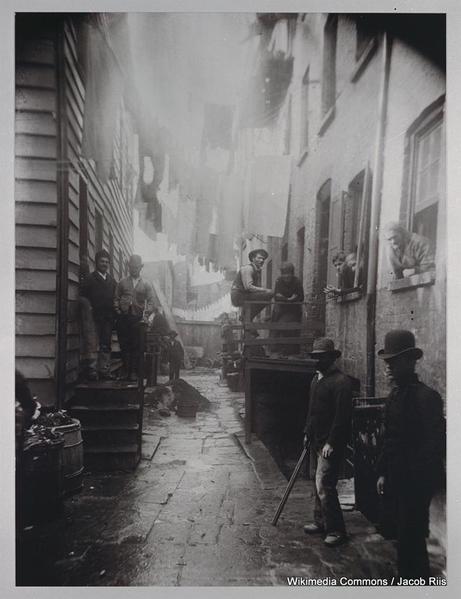
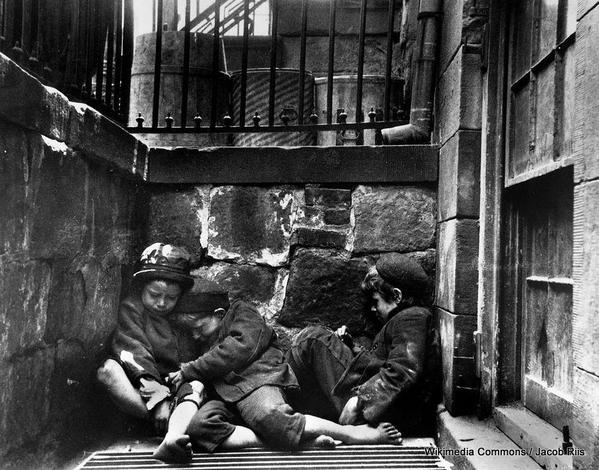
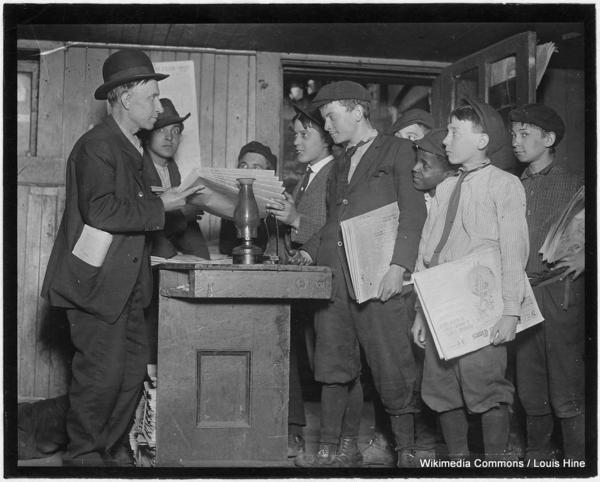
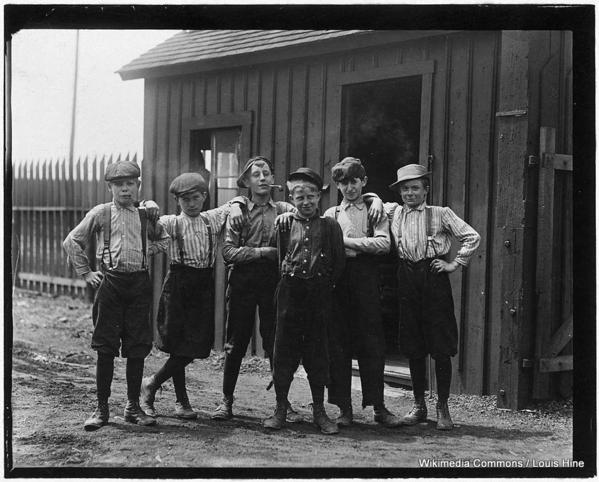
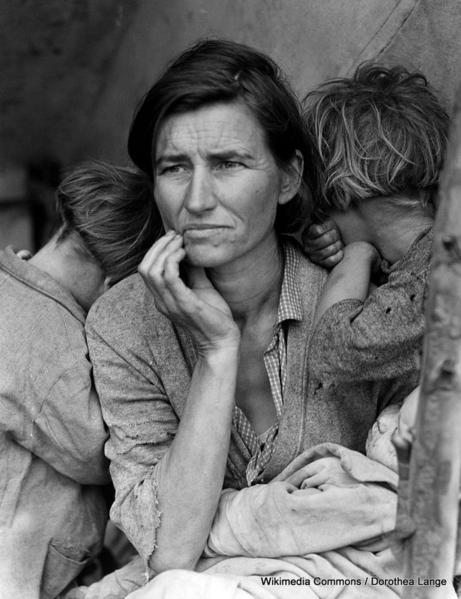
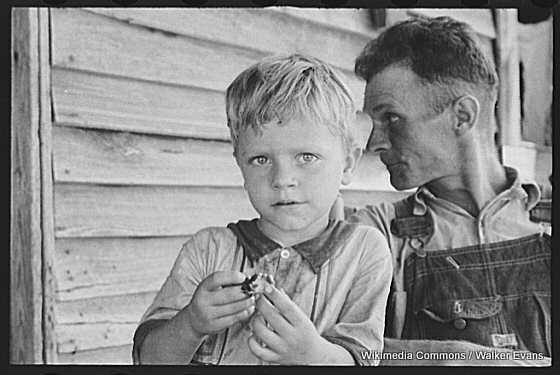
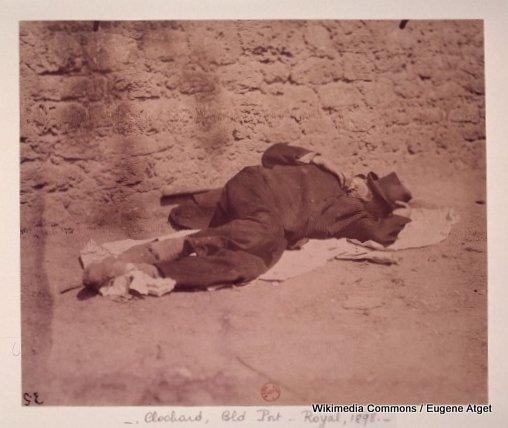
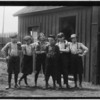



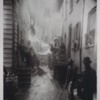


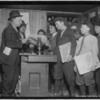
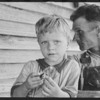
Comments (3)